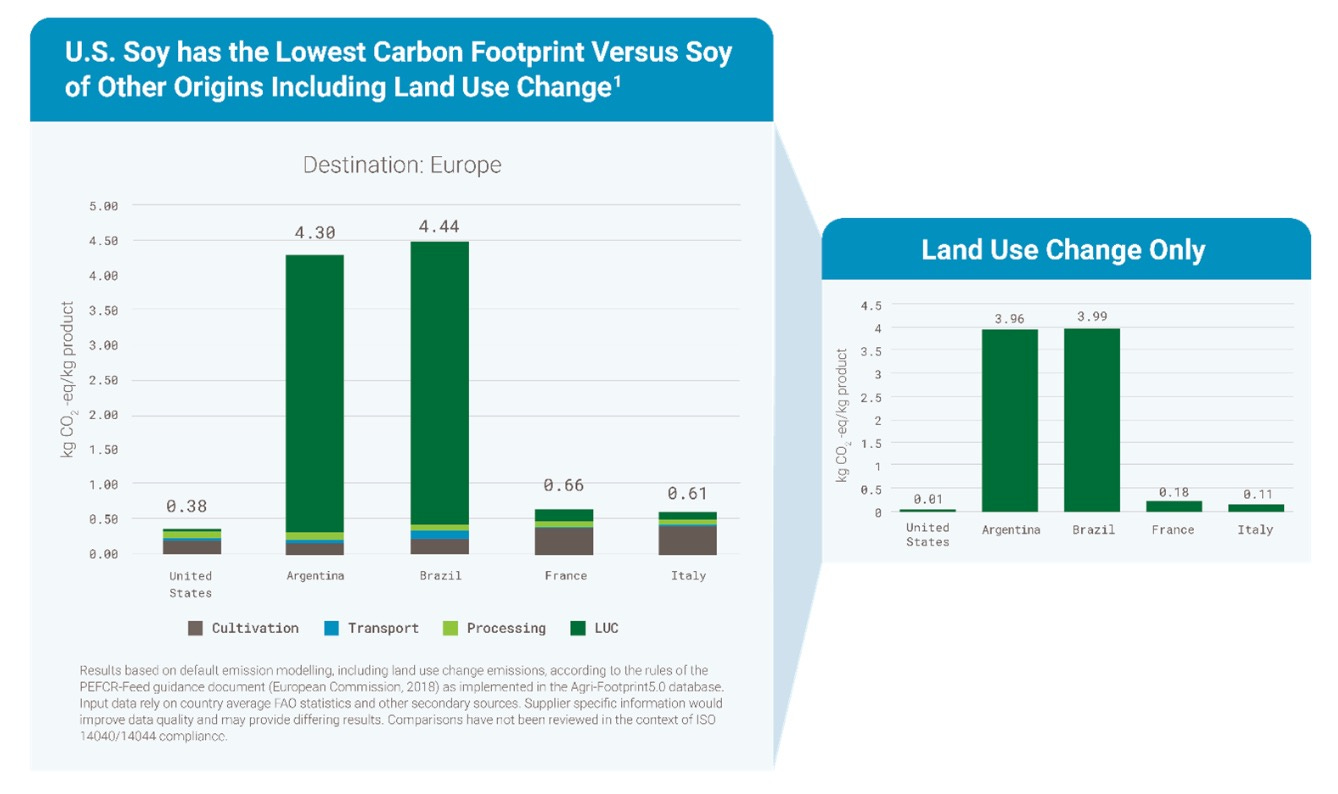If you give a mouse a cookie...
Prime Future 177: the newsletter for innovators in livestock, meat, and dairy
What’s a strong conviction I have that is not at all loosely held? That one of the great works of literature is the children’s book “If You Give a Mouse a Cookie”. It’s a story about a mouse who asks for a cookie....and then needs a glass of milk. But if you give a mouse a glass of milk, then he will ask for <next thing>....and so on and on and on.
I had a total "if you give a mouse a cookie" situation following my curiosity after a recent conference in Europe.
There was a lot of talk about the concern that soybeans imported into Europe from Brazil may be from deforested land. There was also talk of potential solutions in alternative crops, verification schemes, blockchain, etc. All of these potentially are solutions, but each would also add (unnecessary?) complexity.
So my simple mind started wondering:
If Europe is so concerned about soybeans grown after chopping down the rainforest, why not buy soybeans from places without rainforests to be chopped down?
I contacted a few folks across the US soybean industry to learn more because simple questions don’t usually have simple answers.
For starters, if carbon footprint is a key buying criteria, then this is a compelling story:
So clearly, there’s more to the story.
"Money is always the answer. If the EU was willing to pay U.S. growers to cultivate varieties that they prefer, then the production would occur. Over 95% of the U.S. soybean crop is GMO, and the difficulty in logistically getting +/- 5% of any “special” variety in a 116 million metric ton U.S. soybean commodity system will require significant premiums to make that happen.
It is much easier for Brazil to “partition” off this segment, as with the much lower cost of production (based on planting corn after soybeans). Lower premiums can be paid for the acquisition of preferred genetics, despite the chatter of concern about destroying the rain forest in Brazil."
So, an interesting juxtaposition is set up. Which does the EU dislike more: GMO soybeans or soybeans potentially grown on deforested land?
This is a super practical, rubber-meets-the-road, put-your-money-where-your-mouth-is question.
And it also highlights the gap that continues to exist between what people would like to be true (only purchase soybeans known to be not from deforested areas) and what they are willing to pay for to make sure it’s true.
I'm not picking on the EU with that irony; humans tend to have unlimited wants and needs and limited resources, so tradeoff decisions have to be made.
But if you give a mouse a cookie, they’re gonna find a lot of layers to a dynamic global question like the one above.
Here are 4 considerations impacting this simple decision point Europe has of where to source soybeans, all extend far beyond Europe and some extend far beyond soybeans:


